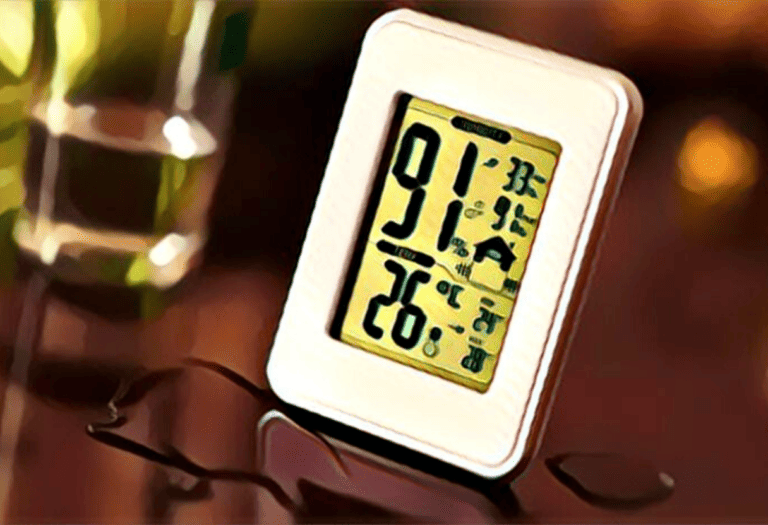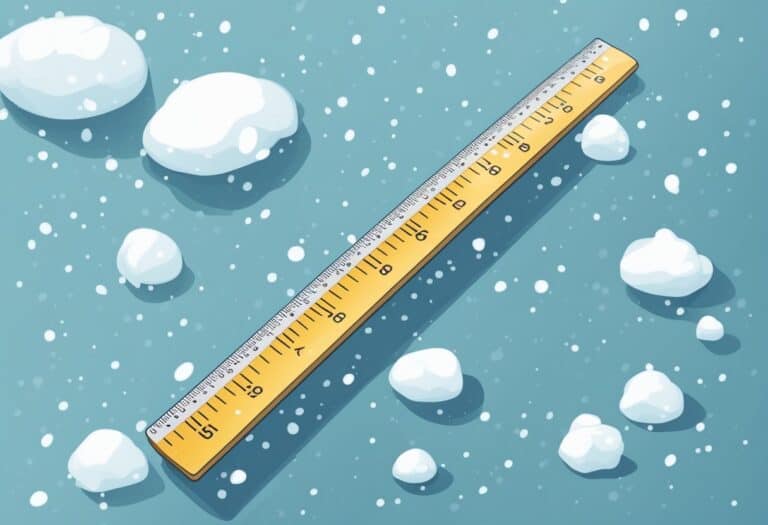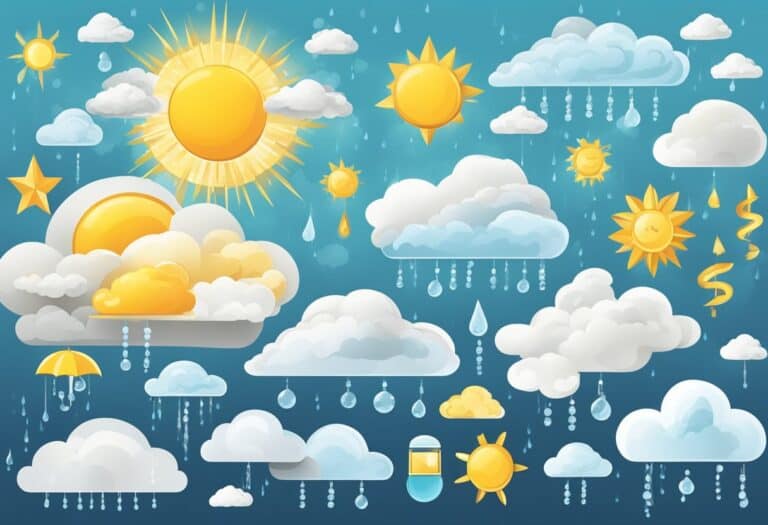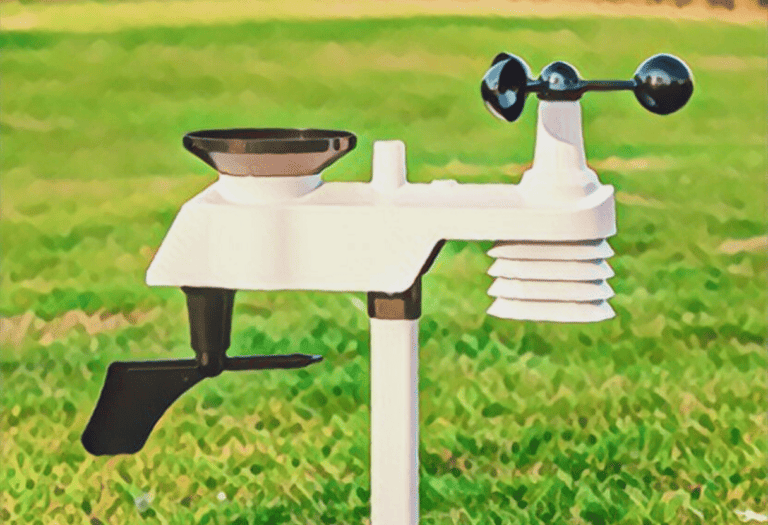When discussing the rainiest cities in the United States, one might instinctively think of the Pacific Northwest, particularly Seattle, known for its drizzly days and cloudy skies.
However, the title of the rainiest city in the US doesn’t belong to Seattle but rather to cities in the Southeast, such as Mobile, Alabama, and New Orleans, Louisiana. These cities experience the highest annual rainfall, a fact that might come as a surprise to those who associate rain mainly with the Pacific coast.
Rainfall in the United States is influenced by various climatic factors including geographic location, seasonal weather patterns, and the presence of mountain ranges. Cities in the Southeast, for instance, receive ample rainfall due to the combination of warm, moist air from the Gulf of Mexico and the Atlantic Ocean, often leading to thunderstorms, especially during the summer months.
In contrast, cities in the Northwest have persistent but generally lighter rainfall due to the Pacific Ocean’s influence and orographic lift caused by mountain ranges.
Rainiest US cities aren’t Seattle, but Gulf Coast champs like Mobile, Alabama & New Orleans. Warm, moist air from the Gulf + Atlantic drenches them, unlike Seattle’s light, persistent drizzle. Geography rules rainfall, not just stereotypes!
Rainiest Cities in the US
When you’re considering the rainiest cities in the United States, it’s essential to think beyond the common misty imagery of Seattle. While Seattle, Washington, is known for its grey skies, several cities receive more annual rainfall.
Hilo, Hawaii tops the list with an impressive average annual rainfall of over 200 inches, making it not just the rainiest city in the US but one of the wettest places on Earth. This tropical haven experiences its generous share of rain throughout the year.
Moving to the continental U.S., Mobile, Alabama, comes in next. Your umbrella will definitely get a workout here, given the nearly 67 inches of rain it receives annually. Here, rain often comes in heavy downpours rather than persistent drizzles.
Close on its heels is New Orleans, Louisiana, known for its vibrant jazz and Mardi Gras celebrations, and receiving over 62 inches of rain yearly. Similarly, Lafayette, Louisiana, experiences ample rainfall, contributing to the region’s lush landscapes and contributing to its reputation for high humidity.
Heading north, even though Rochester, New York, may not conjure images of torrential rain, it does tally up considerable annual precipitation, boasting over 34 inches of rain.
Last but not least, Seattle’s reputation is validated with its high number of rainy days, even though its annual rainfall of around 38 inches may not be the highest. It’s the persistent light rain and overcast conditions that have culturally shaped the city, famously influencing its music scene and coffee culture.
Remember, each city’s climate contributes to unique weather patterns, defining its character and the lifestyles of its residents.
Climatic Influences on Rain Patterns
Your understanding of rain patterns in the United States must consider various climatic influences. These patterns are not random; they are shaped by measurable and consistent factors.
Tropical storms and hurricanes, mainly affecting cities along the Gulf of Mexico and the Atlantic coast, can drastically increase annual rainfall totals. For instance, areas impacted by these systems see significant precipitation due to the inherent heavy rainfall carried by these weather events.
Cities closer to the Pacific Ocean often experience a maritime climate, with steady, drizzling rain, particularly in the Pacific Northwest. This region, thanks to its proximity to the ocean, sees a large amount of rainfall, often arising from the moisture-laden air masses that travel across the Pacific.
Lake effect also plays a crucial role, especially in areas downwind of the Great Lakes. During winter, cold air passing over the warmer lake waters picks up moisture and deposits it as lake-effect snow on nearby land.
In summer, the interior of the country can experience convective precipitation, typically in the form of thunderstorms. These are less influenced by large bodies of water and more by local topography and temperature variations.
The wettest cities in the U.S., many found in the Pacific Northwest, such as Seattle, can attribute their high rainfall statistics to their close proximity to the Pacific Ocean and the prevailing wind patterns that carry moist air inland.
- Tropical storms/hurricanes: Heavy rainfall, Gulf of Mexico/Atlantic
- Pacific Ocean: Consistent precipitation, Pacific Northwest
- Lake effect: Winter snow, Great Lakes region
- Summer rainfall: Localized thunderstorms, interior U.S.
- Wettest cities: Influenced by geographic location and global wind currents
Each of these factors informs a comprehensive picture of the nation’s diverse rain patterns.
Regional Rainfall Variations
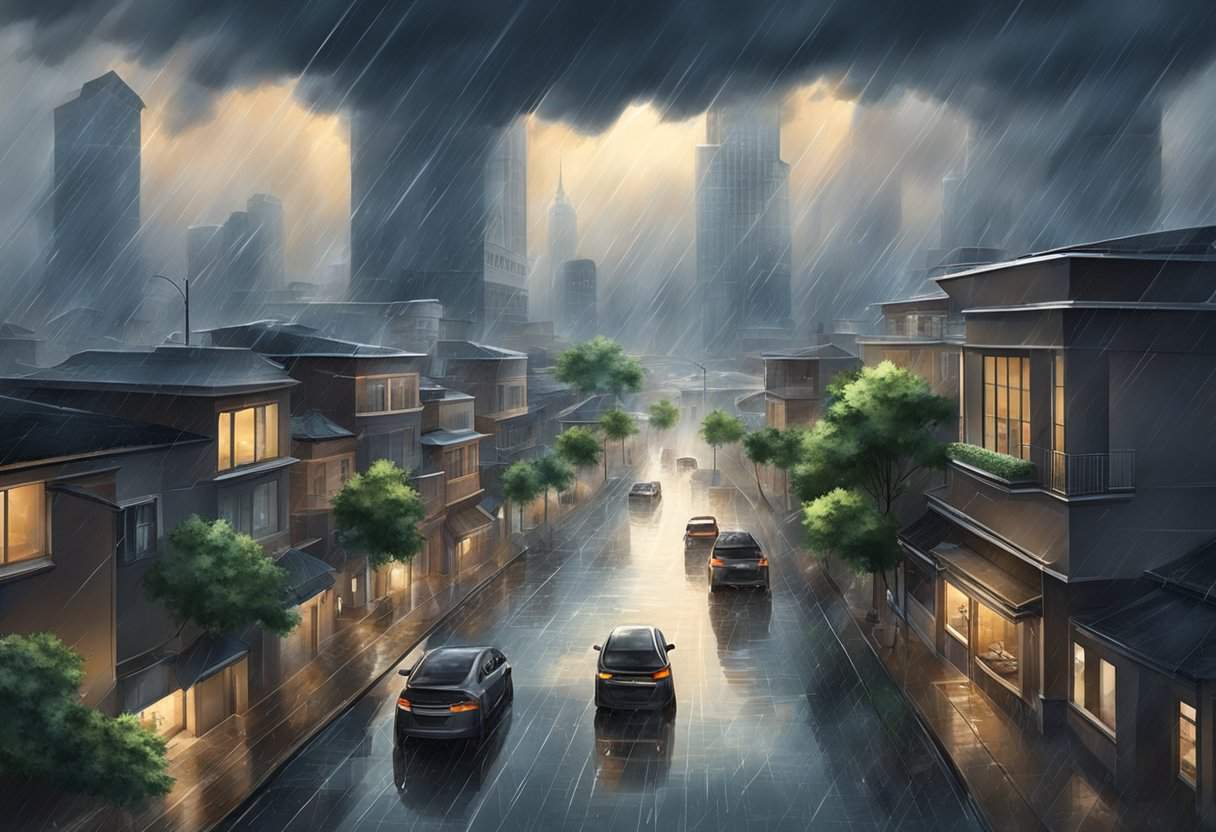
In the United States, rainfall patterns are not uniform and vary significantly across different regions. Your experience with rain can differ drastically depending on whether you’re in the humid Southeast or the more arid Western states. Understanding these variations is key to knowing when and where rain is more likely to affect your plans.
Pacific Northwest and Alaska
The Pacific Northwest, including states like Washington, is known for its high number of rainy days, particularly in cities like Portland. The region’s proximity to the ocean and the mountainous terrain contribute to its frequent precipitation. Similarly, Alaska experiences heavy precipitation, especially in the southeastern areas, where the landscape can enhance rainfall.
Gulf Coast States
The Gulf Coast, encompassing states such as Florida, Texas, Alabama, and Louisiana, experiences a significant amount of rainfall, with cities like Mobile, Alabama, being one of the rainiest in the United States. Moreover, West Palm Beach, FL is known for its thunderstorms, particularly during the summer months.
Northeastern US
When you move towards the Northeastern US, you encounter cities like Buffalo, New York, and states such as Pennsylvania. These areas generally receive substantial snowfall during the winter and significant rainfall throughout the summer, with variations in precipitation influenced by the Great Lakes and the Appalachian Mountains.
Inland and Southern States
In contrast, inland and southern states display a range of rainfall patterns. For instance, Nevada often ranks as one of the driest states. Meanwhile, the Southeast, including states like North Carolina and Virginia, along with Ohio, is known for its humid continental climate, experiencing a fair amount of rainfall throughout the year. Moving further south, cities like Miami often deal with heavy showers and thunderstorms, especially in hurricane season.
Environmental and Urban Impact of Rainfall
When you consider the rainiest cities in the United States, it’s crucial to understand the interaction between heavy rainfall and the urban environment. Storms bearing significant precipitation can lead to flooding, especially in urban settings where impervious surfaces are common.
Flooding tends to disrupt normal life, leading to property and infrastructural damage. For cities near large bodies of water like Lake Erie, rising water levels during storms can exacerbate the situation, urging city planners to devise better water management systems.
On the environmental spectrum, while heavy rainfall nourishes the ecosystem, providing the necessary hydration, it can also create adverse scenarios. In densely populated metropolitan areas, for example, the deluge can overwhelm sewage systems leading to potential contaminant overflow into nearby water bodies.
Here’s a quick glance at the key impacts:
| Environment | Urban Areas |
|---|---|
| Nourishes | Surface Runoff |
| Ecosystem Balance | Sewage Overflows |
| Water Quality Maintenance | Infrastructure Stress |
In contrast, inland inland cities may benefit from ample rainfall as it helps maintain urban greenery and replenishes local bodies of water, contributing positively to the environment. However, these benefits must be balanced against the negative impacts like waterlogging and the urban heat island effect, which can alter the local microclimate.
Through strategic urban planning and infrastructure resilience, you can mitigate these negative impacts. Sustainable water management practices are essential, especially considering the increasing intensity of rain events due to climate change.
Frequently Asked Questions
When exploring the topic of rainfall in U.S. cities, you may have specific questions about which cities see the most rain, how often it rains, and which city experiences the most intense rainfall periods. This section aims to provide clear answers to some of the common inquiries regarding these rainy locales.
Which U.S. city experiences the highest annual rainfall?
Mobile, Alabama, holds the title for the highest average annual rainfall in the U.S., with over 67 inches of rain each year.
How many days of rain do the wettest cities in the U.S. typically have?
The wettest cities in the U.S. can experience upwards of 100 days of rain per year, with some areas seeing more due to local climate patterns.
What are the top contenders for the wettest city in the U.S.?
Aside from Mobile, other top contenders for the wettest city include Pensacola, Florida, and New Orleans, Louisiana, both renowned for their significant rainfall totals.
Which city in the U.S. has the most intense rainfall periods?
New Orleans is known for having some of the most intense rainfall periods, with heavy showers that can lead to rapid accumulation of precipitation.
Does Seattle have the highest number of rainy days in the United States?
Seattle, Washington, is infamous for its rainy reputation, but it actually does not have the highest number of rainy days. Other cities like Hilo, Hawaii, exceed Seattle’s frequency of rainy days.
Can you list the U.S. cities where rain is most frequent throughout the year?
Cities where rain is most frequent throughout the year include Hilo, Hawaii, Mobile, Alabama, and Tallahassee, Florida, all of which are distinguished by their high number of rainy days annually.


